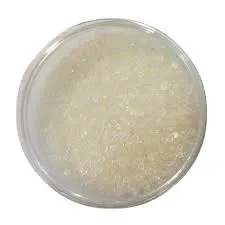Understanding Chemicals Used in RO Water Plants
Reverse osmosis (RO) water treatment plants utilize a complex array of technologies and chemicals to ensure the production of high-quality potable water. This process is crucial for both residential and industrial applications, particularly in areas where water quality is compromised. Here, we delve into the key chemicals involved in the RO water treatment process and their roles.
Understanding Chemicals Used in RO Water Plants
2. Coagulants and Flocculants Before water enters the RO system, it often undergoes pre-treatment to remove larger particles and organic matter. Coagulants, such as alum or ferric chloride, are used to clump these particles together, forming larger aggregates known as flocs. Once flocculated, the solid residues can be more easily removed through sedimentation and filtration. Flocculants help facilitate this process, ensuring a more efficient removal of impurities before the water is subjected to reverse osmosis.
ro water plant chemicals

3. pH Adjusters The pH level of feed water can greatly influence the performance of RO membranes. Certain membranes are sensitive to extremes in pH, which can impact their lifespan and efficiency. Thus, it may be necessary to adjust water pH using agents such as sulfuric acid or sodium hydroxide. Maintaining the optimal pH range (typically between 6.5 and 8.5) ensures that the RO membranes operate effectively and sustain longevity.
4. Biocides Biological growth within water systems can lead to biofouling, which reduces the efficiency of RO membranes. To combat this, biocides such as chlorine, ozone, or specialized anti-microbial agents are introduced into the system. These chemicals kill bacteria and other microorganisms, preventing their buildup on the membranes and helping to maintain water quality.
5. Cleaning Chemicals Over time, even the best-managed RO systems will require cleaning to remove accumulated fouling agents. Specialized cleaning chemicals, which may include citric acid, sodium hydroxide, or proprietary cleaning solutions, are used to restore membrane performance and extend their operational life.
In conclusion, the effectiveness of RO water treatment plants relies heavily on the appropriate use of various chemicals. By comprehensively managing scaling, fouling, and pH levels, operators can ensure optimal water quality and system efficiency. As water scarcity continues to be a critical global challenge, understanding and applying these chemicals will play an essential role in sustainable water management practices.

